Introduction
All of us enjoy chilling with a soft drink in the hot summer days. And kids in our home are more likely to have those carbonated sodas more than eating healthy foods and snacks. As the soft drinks that are available in the market, are not only used for quenching our thirst but it can also be used for doing experiments with several other things. The chemical that contains the most in a bottle of soda is CO2 i.e. carbon dioxide. Today, we are going to perform the task of pouring some raisins into a glass of fizzy drink and observe what happens next. You won’t need too many things to carry out this experiment. Simple and regular household things will be used, especially the soda drink and raisins.
Apparatus
- A bottle of colourless fizzy drink or Soda water
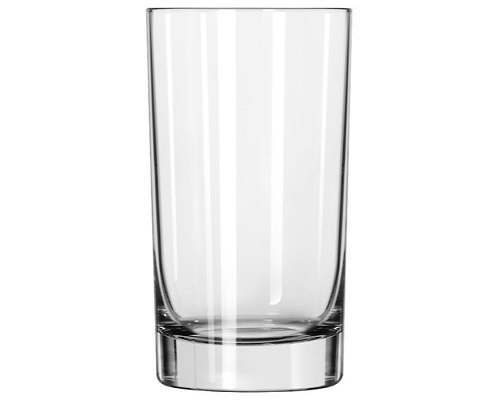
2. Few pieces of raisins
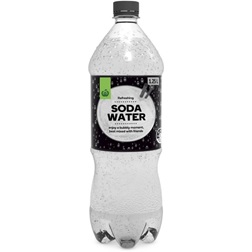
- A transparent glass

Procedure
Step 1
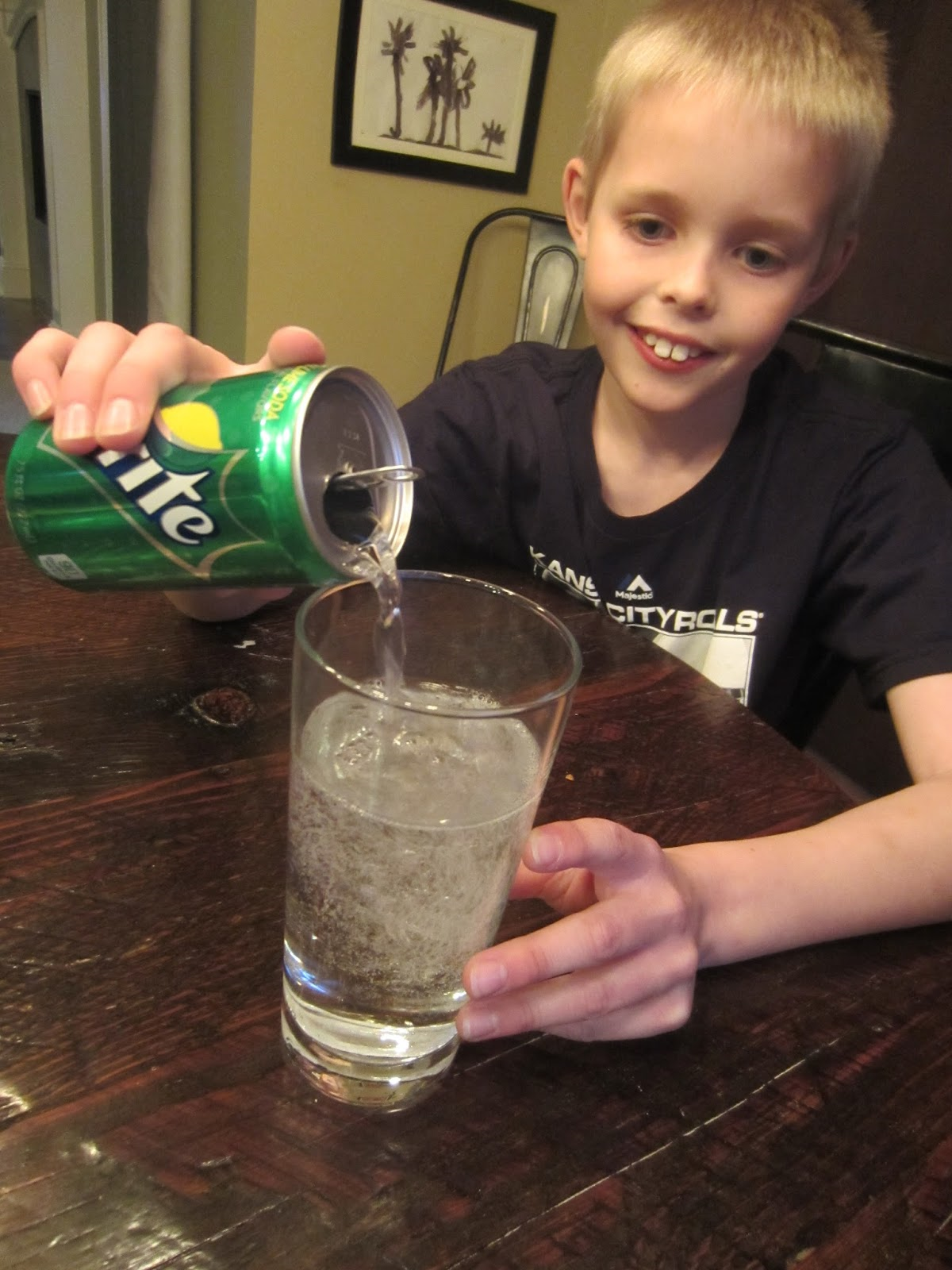
Pour the drink into the glass.
Step 2
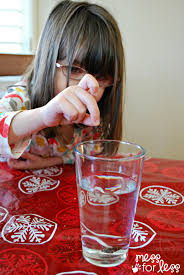
Immediately put five to six raisins into it.
Step 3
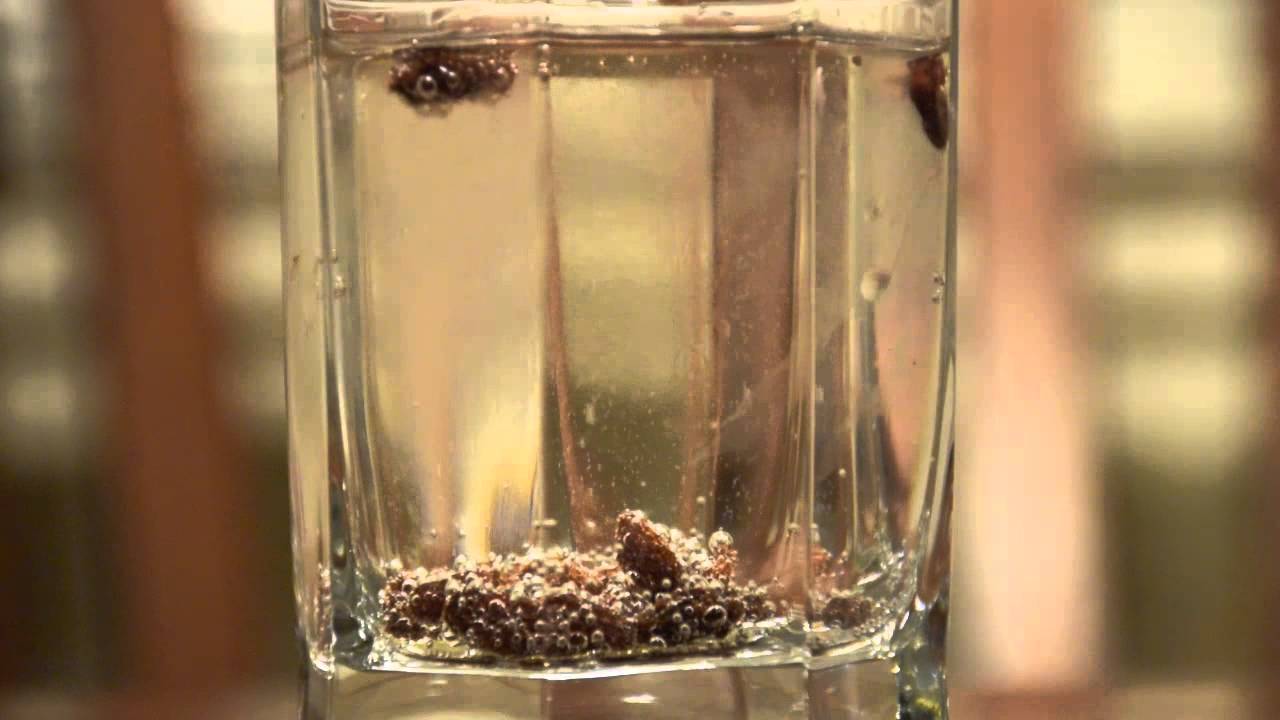
Wait for few seconds.
Step 4
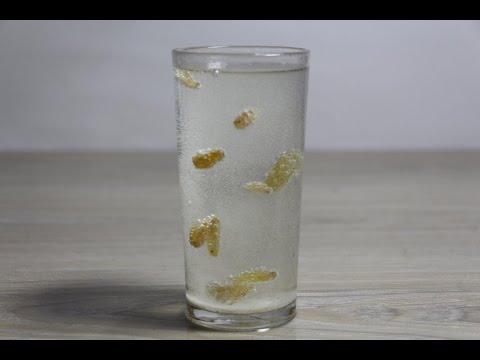
Did you observe any actions? Are the raisins dancing after a while? The answer must be Yes! By this time, you must be curious to know the science behind such behaviour by the raisins. So, here is the explanation.
Result
Actually, the raisins are not dancing by themselves. Some sort of action is being done on the raisins that made it go up and down throughout the liquid in the glass. The soda contains carbon dioxide in the form of those tiny bubbles. When raisins are put into the soda, due to their higher density than the drink, they sink into the bottom. But when the tiny bubbles of CO2 come in contact with the rough surface of the raisin, they get attracted towards it. As a result, the air bubbles stick to the raisin and increases the buoyant force upon the raisins. This helps in lifting the raisins to go up towards the surface of the water. When the raisin reaches the surface, the carbon dioxide bubbles burst and dissolve in the air, which causes the raisin to sink again at the bottom of the glass.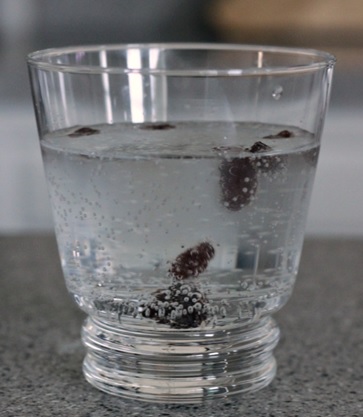
Conclusion
This phenomenon keeps on continuing until all the carbon dioxide in the drink escapes to the air. The raisins seem to be dancing inside the soda drink, and your kid might find it playful.

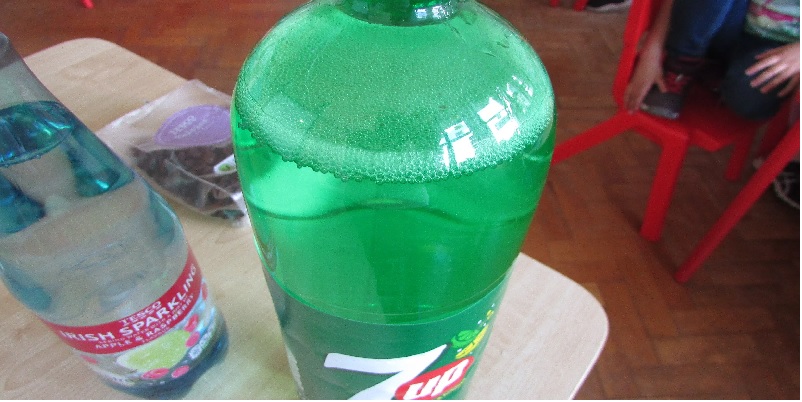

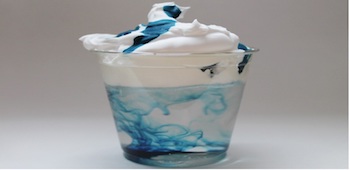
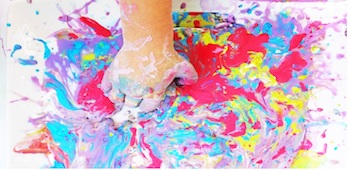

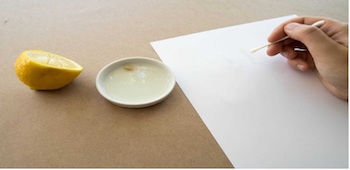
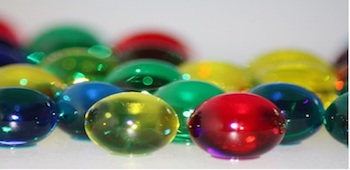
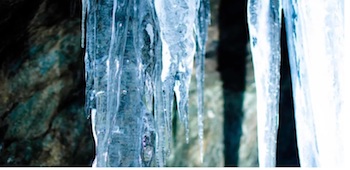












Comments